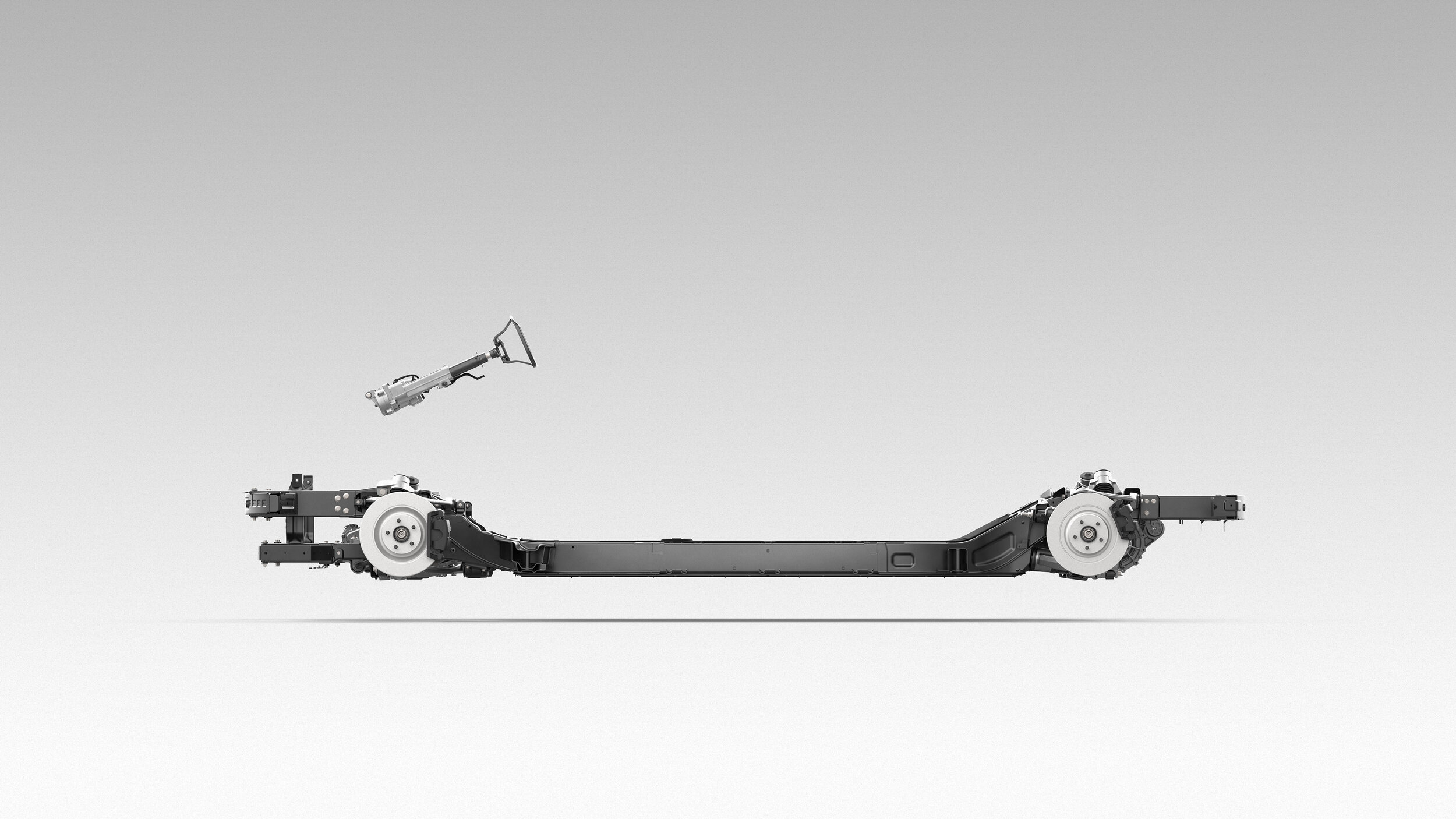Electric School Buses – The EV Revolution’s Unsung Hero?
By Edward A. Sanchez — Dec. 13, 2022
EV headlines are typically dominated by a handful of brands. I don’t think I need to tell you what number one is. Others that may come to mind are Ford, Volkswagen, Chevy, Lucid, and Rivian. Some you may not think of are Blue Bird, Lion Electric, or Thomas Built. These are some of the leading manufacturers of school buses in the U.S. Just as EV pickup trucks are not ideal for towing, school buses may be the ideal vehicles for electrification.
Let’s examine the typical use case for school buses: A few hours in the morning of use, a few hours in the middle of the day parked, a few hours at the end of the day being used once more, then they’re parked overnight. Potentially, you could get away with a smaller battery than would be required for a medium or long-haul Class 8 truck. And being plugged into the grid for hours at a time, crucially, during the evening peak power use hours, they could potentially play a critical role in vehicle-to-grid (V2G) and grid balancing, especially considering the estimated national school bus fleet size of 480,000.
According to a CNBC report, bus drivers like driving EV buses better than diesel buses as well. And parents (as well as the kids) probably appreciate not having to inhale diesel exhaust fumes. The only catch (and it’s a big one) is the three to four times price premium over equivalent diesel buses.
Could EV buses like these from Thomas Built Buses (above) or Blue Bird (story’s main image) be the next big step in electrification?
Congress recently allocated $5 billion for school districts to purchase electric buses, and several states also offer funds to subsidize the purchase of EV buses. I’m not sure what the average lifespan is for a school bus, but I remember riding in diesel buses that were easily 20 years old when I was in high school. So even though the initial outlay is substantial to go electric, that’s a lot of fuel savings over the course of 20 years.
Just as the early EVs were either massive money losers for brands, or were priced well above their ICE equivalents, so is the case for EV heavy-duty vehicles. The supply chain and infrastructure has not reached a level of optimization where they’re anywhere close to price parity with their ICE equivalents. That ramp may take a decade or more.
This also doesn’t take into account the charging infrastructure that will need to be installed in bus depot yards. However, if the buses and the charging stations can support V2G, the districts could conceivably receive credit for selling power back to the utilities during peak demand events. Try doing that with diesel. Once it’s combusted, that’s it – nobody’s paying to siphon diesel out of your tank.
So, the big yellow bus may not steal the headlines like Elon Musk and Tesla routinely do (unless Tesla decides to build one), but it could be one of the most practical and pragmatic use cases for electrification yet.
(Main image courtesy Blue Bird)
- Store - Podcast - Facebook - Google News - Twitter -









